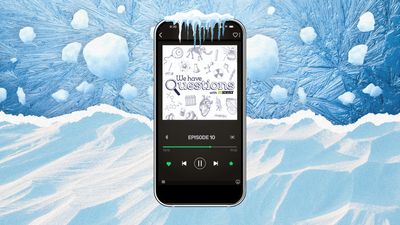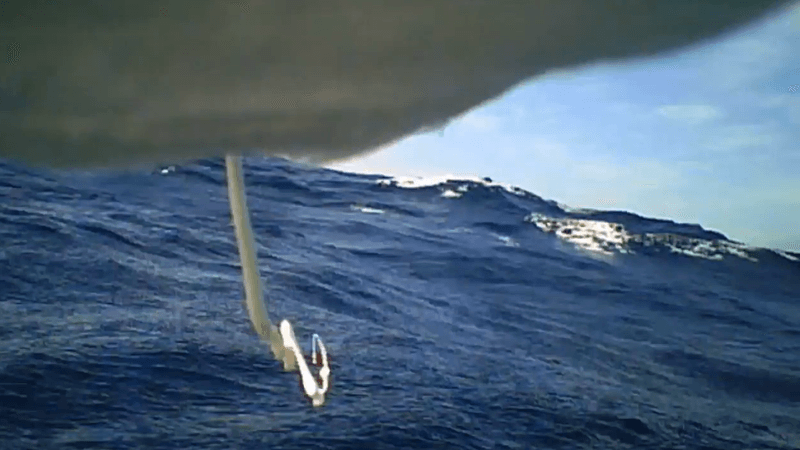This article first appeared in Issue 29 of our digital magazine CURIOUS.
The rest of this article is behind a paywall. Please sign in or subscribe to access the full content.Snow is beautiful, but also powerful and destructive – and, if we’re honest, a bit confusing. For something made entirely of water, it can come in many forms: light and fluffy, sticky and heavy, shaped like a perfect snowflake, or falling in needle-like flecks. Its consistency changes a lot, but so does its color, which got us wondering: why does snow sometimes look blue?
To find out, we reached out to Dr Andrew Schwartz at the UC Berkeley Central Sierra Snow Lab in California. These researchers are no strangers to snow – and we were delighted to learn that yes, their research sometimes does involve just frolicking in the stuff.
You can listen to this episode and subscribe to the podcast on all your favorite podcast apps: Apple Podcasts, Spotify, Podbean, Amazon Music, and more.




